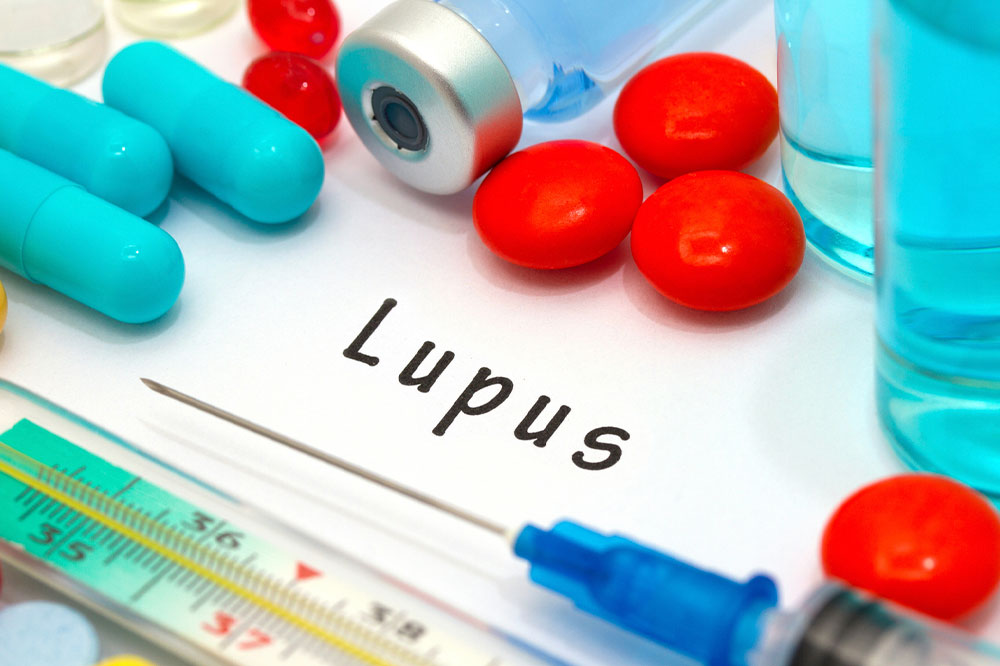
health
7 Warning Signs and Symptoms of Multiple Myeloma
Multiple myeloma (MM) is a kind of cancer that forms in the plasma cells, a type of white blood cell. Plasma cells allow one to fight against infections by producing antibodies that attack any foreign substance entering the body. Multiple myeloma happens when cancerous plasma cells outnumber healthy blood cells in the body. Keep reading to learn about the warning signs of multiple myeloma to remember for an early diagnosis and timely treatment. Causes When a person has cancer, plasma cells accumulate in the bone marrow and outnumber healthy blood cells. Instead of producing normal antibodies, these cancerous cells make abnormal proteins, which cause several health complications. In multiple myeloma cases, the body might or might not show symptoms. Since the disease often does not cause symptoms until it reaches an advanced stage, an early diagnosis is difficult. Sometimes, it gets accidentally detected during a routine blood test by showing an abnormal protein level. Signs and symptoms of multiple myeloma Some early warning signs and symptoms of multiple myeloma are listed below. Symptoms Nausea – When cancerous plasma cells cause bone damage, bones break down, and calcium enters the bloodstream. Excessive calcium levels can trigger nausea. Bone pain, mainly in the chest and spine, is a common symptom of MM, triggered by bone damage due to the myeloma cell growth in the bone marrow.
Read More 















